Understanding ESP32-C3FN4: A Comprehensive Guide to ESP32-C3 Series
The ESP32-C3 is a highly integrated MCU-based solution designed for low-power applications. It supports 2.4 GHz Wi-Fi and Bluetooth Low Energy (Bluetooth LE). It features a single-core Wi-Fi and Bluetooth 5 (LE) microcontroller SoC based on the open-source RISC-V architecture. The ESP32-C3 provides a balanced combination of power efficiency, I/O capabilities, and security, making it a cost-effective solution for connected devices.
The ESP32-C3FN4 is a member of the ESP32-C3 series of microcontrollers developed by Espressif Systems. It is based on the low-power 32-bit RISC-V CPU core, making it suitable for a wide range of IoT applications. The ESP32-C3FN4 features a rich set of peripherals, including Wi-Fi, Bluetooth, and GPIO, making it versatile for various projects. As a part of the ESP32 series, ESP32-C3FN4 builds upon the success of its predecessors, the ESP8266 and ESP32 series, by providing enhanced features and improved performance. It incorporates a highly efficient Xtensa LX7 CPU, which offers a balance between performance and power consumption, making it ideal for battery-powered and energy-efficient applications. This article delves into the ultimate ESP32-C3FN4 pinout, features, schematic, applications, and datasheet guide. Everything you need to know about the ESP32-C3 series.

Overview of ESP32-C3FN4
The ESP32-C3FN4 is a 32-bit microprocessor based on the RISC-V architecture featured in the ESP32-C3 development board. This low-power, high-integration MCU system-level chip (SoC) combines 2.4 GHz Wi-Fi and low-power Bluetooth (Bluetooth® LE) dual-mode wireless communication.
The ESP32-C3FN4 SoC includes 4MB flash memory and serves as the next-generation replacement for the ESP8266EX SoC. It simplifies new designs and offers a cost-effective solution, boasting improved performance with its single RISC-V core.
Updates to the ESP32-C3FN4 include advanced security features, USB 2.0 support, BLE 5.0 with long-range capabilities, and enhanced power management. This chip is part of the ESP32-C3 family, providing the lowest-cost fully certified solution among all Espressif parts.
Troubleshooting is made easier with the on-chip debug module (DM), which is compliant with RISC-V debug specification v0.13. Additionally, external debugging is supported via the industry-standard JTAG/USB port, which offers direct system bus access (SBA) to memory and peripherals and up to 8 trigger breakpoints/watchpoints.
ESP32-C3FN4 Pinout

The ESP32-C3 chip integrates various peripherals that require external communication. To maintain a small chip package size, the number of available pins is limited. Therefore, all incoming and outgoing signals are routed through pin multiplexing, controlled by software programmable registers (refer to the ESP32-C3 datasheet, Chapter IO MUX, and GPIO Matrix).
Overall, the ESP32-C3 chip has the following types of pins:
- IO pins with predefined sets of functions, including IO MUX and GPIO functions for each pin, and some pins also have predefined analog functions. Predefined functions mean that each IO pin has direct connections to specific on-chip components. During runtime, users can configure which component from a predefined set connects to a certain pin at a certain time via memory-mapped registers.
- Analog pins are dedicated exclusively to analog functions.
- Power pins that supply power to the chip components and non-power pins.
ESP32-C3FN4 Features
- Wi-Fi: The ESP32-C3FN4 features built-in Wi-Fi connectivity, allowing for wireless communication in IoT and connected devices.
- Bluetooth: It also includes Bluetooth functionality, enabling easy pairing and communication with other Bluetooth devices.
- CPU and Memory: The ESP32-C3FN4 is equipped with a powerful CPU and ample memory, allowing for complex applications and multitasking.
- Advanced Peripheral Interfaces: It offers a variety of advanced peripheral interfaces, such as SPI, I2C, UART, and PWM, making it compatible with a wide range of sensors and devices.
- Power Management: The ESP32-C3FN4 features efficient power management capabilities, helping to extend battery life in battery-powered devices.
- Security: It includes built-in security features to protect against unauthorized access and ensure data integrity.
ESP32-C3FN4 Specifications
| Type | Parameter |
| RF Family/Standard | Bluetooth BLE 5.0, Wi-Fi |
| Core | RISC-V |
|
Operating Frequency
|
2.4 GHz |
| Maximum Data Rate | 150 Mbps |
| Output Power | 18 dBm |
| Sensitivity | - 105 dBm |
| Supply Voltage | 3V ~ 3.6V |
| Supply Current Receiving | 87 mA |
| Supply Current Transmitting | 325 mA |
| Program Memory Size | 4 MB |
| Operating Temperature | 40°C ~ 85°C (TA) |
| ADC Resolution | 12 bit |
| Data Bus Width | 32 bit |
| Data RAM Size | 400 kB |
| Data RAM Type | SRAM |
| Interface Type | GPIO, I2C, I2S, SPI, UART |
| Maximum Clock Frequency | 160 MHz |
| Moisture Sensitive | Yes |
| Number of ADC Channels | 6 Channel |
| Package / Case | QFN-32 |
ESP32-C3 Functional Block Diagram
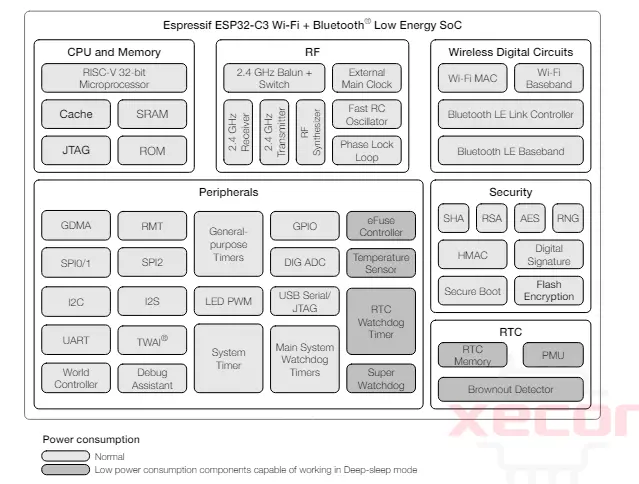
ESP32-C3FN4 Applications
With its low power consumption, the ESP32-C3FN4 is an ideal choice for IoT devices in the following areas:
Smart Home:
- The ESP32-C3FN4 is well-suited for smart home applications, enabling connectivity and control of various home devices.
- It can be used to control lighting, heating, and security systems, providing convenience and energy savings to homeowners.
Industrial Automation:
- In industrial automation, the ESP32-C3FN4 can be used to monitor and control machinery and processes.
- Its reliability and real-time capabilities make it suitable for applications requiring precise control and data acquisition.
Health Care:
- The ESP32-C3FN4 can be used in health care applications for monitoring patient health and collecting data from medical devices.
- Its low power consumption and wireless connectivity make it ideal for wearable health monitoring devices.
Consumer Electronics:
- The ESP32-C3FN4 is suitable for a wide range of consumer electronics, including smartwatches, fitness trackers, and home entertainment systems.
- Its small size and low power consumption make it ideal for portable and battery-powered devices.
Smart Agriculture:
- In smart agriculture, the ESP32-C3FN4 can be used to monitor environmental conditions and control irrigation systems.
- Its wireless connectivity allows farmers to remotely monitor and manage their crops, improving efficiency and yield.
POS Machines:
- The ESP32-C3FN4 can be used in point-of-sale (POS) machines for processing transactions and managing inventory.
- Its fast processing speed and connectivity options make it suitable for POS applications requiring reliable performance.
Service Robot:
- In service robot applications, the ESP32-C3FN4 can be used for navigation, sensing, and communication.
- Its versatility and low power consumption make it ideal for robots designed to assist in various tasks, such as cleaning or delivery.
Audio Devices:
- The ESP32-C3FN4 can be used in audio devices, such as speakers and headphones, for wireless connectivity and audio processing.
- Its low latency and high-quality audio capabilities make it suitable for audio applications requiring real-time processing.
Generic Low-power IoT Sensor Hubs:
- The ESP32-C3FN4 can serve as a low-power IoT sensor hub, collecting data from various sensors and transmitting it to a central server.
- Its low power consumption and wireless connectivity make it ideal for IoT applications requiring sensor data collection and transmission.
Generic Low-power IoT Data Loggers:
- The ESP32-C3FN4 can collect and store sensor data for later analysis in IoT data logging applications.
- Its low power consumption and storage capabilities make it suitable for data logging applications requiring long-term data storage.
Advantages of ESP32-C3FN4
Cost-effectiveness Compared to Other Microcontrollers
- The ESP32-C3FN4 offers a cost-effective solution for IoT and embedded projects, making it accessible to a wide range of developers.
- Its competitive pricing makes it an attractive choice for budget-conscious projects without compromising on features or performance.
Versatility and Compatibility with Various Projects
- The ESP32-C3FN4 is highly versatile, supporting a wide range of applications from simple sensor nodes to complex IoT devices.
- It is compatible with various development environments and programming languages, making it easy to integrate into different projects.
Performance Advantages for IoT and Embedded Applications
- The ESP32-C3FN4 features a powerful Xtensa LX6 microcontroller with a clock speed of up to 160 MHz, providing ample processing power for demanding applications.
- It offers a rich set of features, including Wi-Fi connectivity, Bluetooth Low Energy (BLE), and a wide range of peripherals, making it suitable for a variety of IoT and embedded projects.
Programming the ESP32-C3FN4
Overview of Programming Languages Supported
- The ESP32-C3FN4 supports various programming languages, including C, C++, and MicroPython.
- C and C++ are commonly used for low-level programming, while MicroPython provides a higher-level, more user-friendly approach.
Using the ESP-IDF Framework for Development
- The ESP-IDF (Espressif IoT Development Framework) is the official development framework for the ESP32 series.
- It provides libraries, tools, and APIs for developing firmware for the ESP32-C3FN4, including support for Wi-Fi, Bluetooth, and other peripherals.
Uploading Code and Debugging
1. Uploading Code:
- In the Arduino IDE, write your program and click the upload button to compile and upload it to the ESP32-C3FN4.
- In the ESP-IDF, use the idf.py tool to build and flash the firmware to the ESP32-C3FN4.
2. Debugging:
- For Arduino IDE, you can use the serial monitor for basic debugging.
- For ESP-IDF, you can use the idf.py monitor command to view debug output over USB or UART.
- Advanced debugging techniques, such as using breakpoints and stepping through code, can be done using an external debugger compatible with the ESP32-C3FN4.
ESP32-C3FN4 Package

ESP32-C3FN4 Manufacturer
Espressif Systems is a renowned manufacturer known for its innovative solutions in the field of Internet of Things (IoT) and wireless communication. The company is particularly famous for its ESP8266 and ESP32 series of Wi-Fi and Bluetooth-enabled microcontrollers, which have revolutionized the world of embedded electronics and IoT applications. Espressif's products are widely used in smart home devices, industrial automation, wearable technology, and many other IoT applications. With a strong focus on providing high-performance, low-power consumption solutions, Espressif Systems continues to be a key player in driving the advancement of IoT technology.
ESP32-C3FN4 Datasheet
Download ESP32-C3FN4 Datasheet PDF.
ESP32-C3 Series Comparison
| Part No. | In-Package Flash | Ambient Temp. (°C) | Package (mm) | GPIO No. | Chip Revision |
| ESP32-C3 | — | –40 ∼ 105 | QFN32 (5*5) | 22 | v0.4 |
| ESP32-C3FN4 (NRND) | 4 MB | –40 ∼ 85 | QFN32 (5*5) | 22 | v0.4 |
| ESP32-C3FH4 | 4 MB | –40 ∼ 105 | QFN32 (5*5) | 22 | v0.4 |
| ESP32-C3FH4AZ | 4 MB | –40 ∼ 105 | QFN32 (5*5) | 16 | v0.4 |
Conclusion
In summary, the ESP32-C3FN4 is a versatile and powerful microcontroller unit (MCU) that offers a wide range of features and capabilities. Its evolution from earlier ESP32 series devices has led to significant advancements in performance, power efficiency, and connectivity options. Thanks to its rich set of features and ability to meet the demands of a variety of applications, the ESP32-C3FN4 is poised to play a crucial role in the Internet of Things (IoT) and embedded systems market.
Read More
FAQ
-
How can I integrate ESP32-C3FN4 with cloud services?
To integrate the ESP32-C3FN4 with cloud services, you can use the built-in Wi-Fi connectivity to connect to the Internet and then use protocols such as MQTT or HTTP to communicate with cloud servers. Libraries and frameworks are also available that simplify the process of integrating the ESP32-C3FN4 with popular cloud platforms like AWS, Google Cloud, and Microsoft Azure. Additionally, Espressif provides the ESP-IDF framework, which includes components for cloud connectivity.
-
What is the difference between ESP32-C3 and ESP32-S3?
The ESP32-C3 is built around a RISC-V processor, making it a more affordable choice. On the other hand, the ESP32-S3 is an enhanced version of the ESP32, providing similar features but with improved specifications.
-
Does ESP32-C3 have Wi-Fi?
The ESP32-C3 is a single-core Wi-Fi.
-
What is the difference between ESP32-C3 and ESP8266?
The key difference between the ESP32-C3 and all other ESP32 and ESP8266 chips lies in the processor core. For more information about ESP32 vs. ESP8266, refer to this article.
-
What is the consumption of ESP32-C3?
The typical power usage in deep-sleep mode is 26.85 μW, while in active mode, it averages 78.32 mW.

 Prof. David Reynolds
Prof. David Reynolds
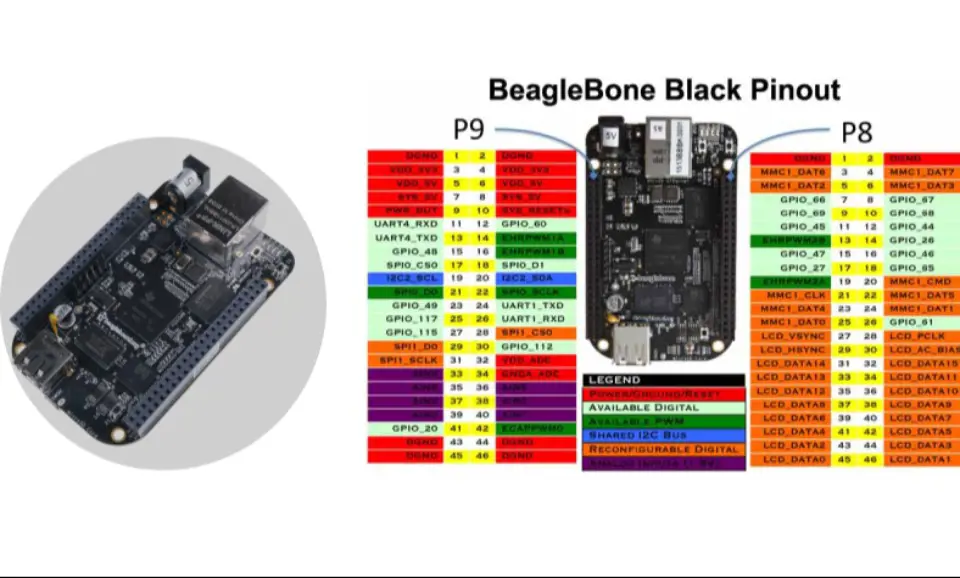
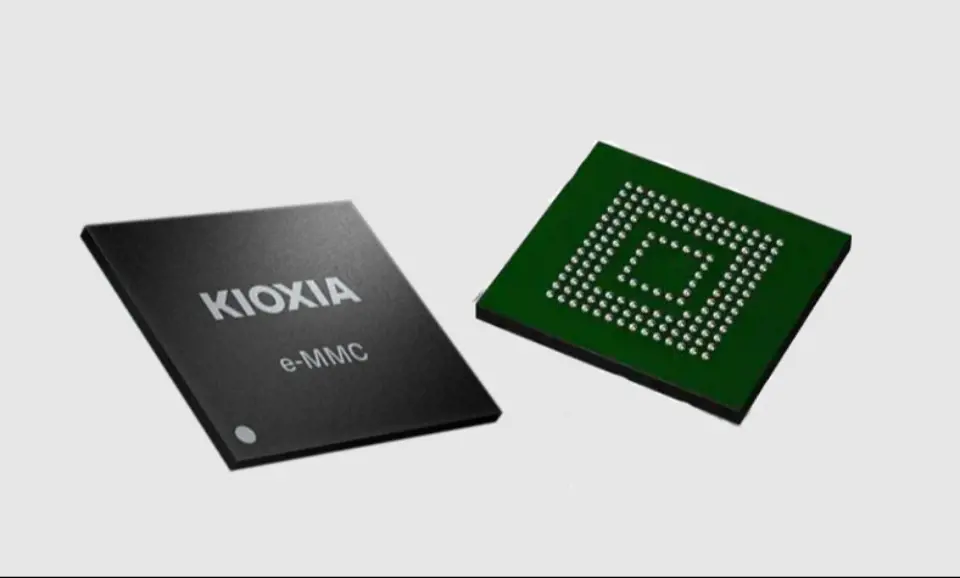



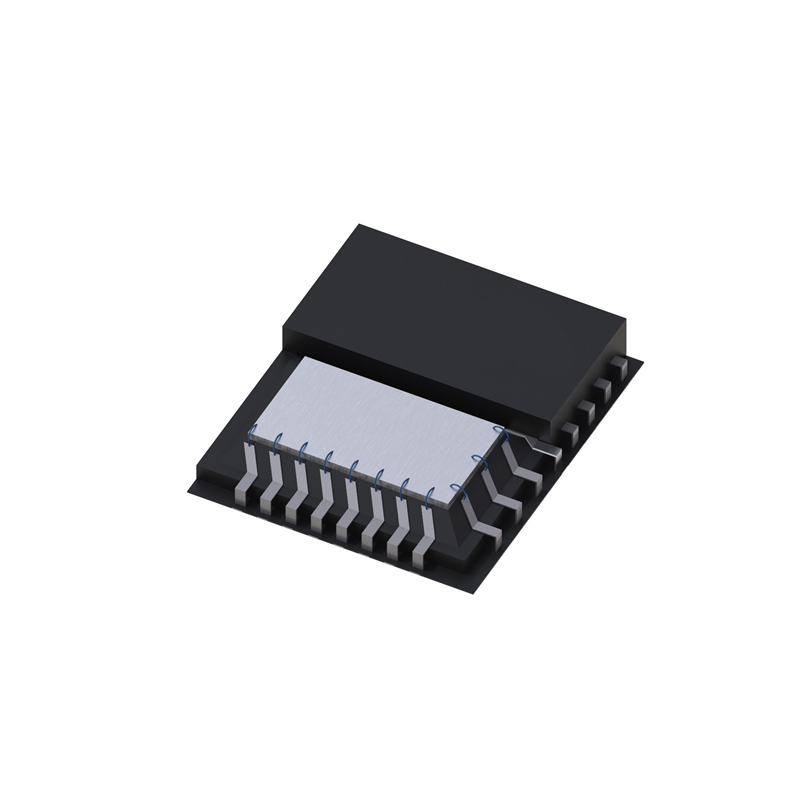
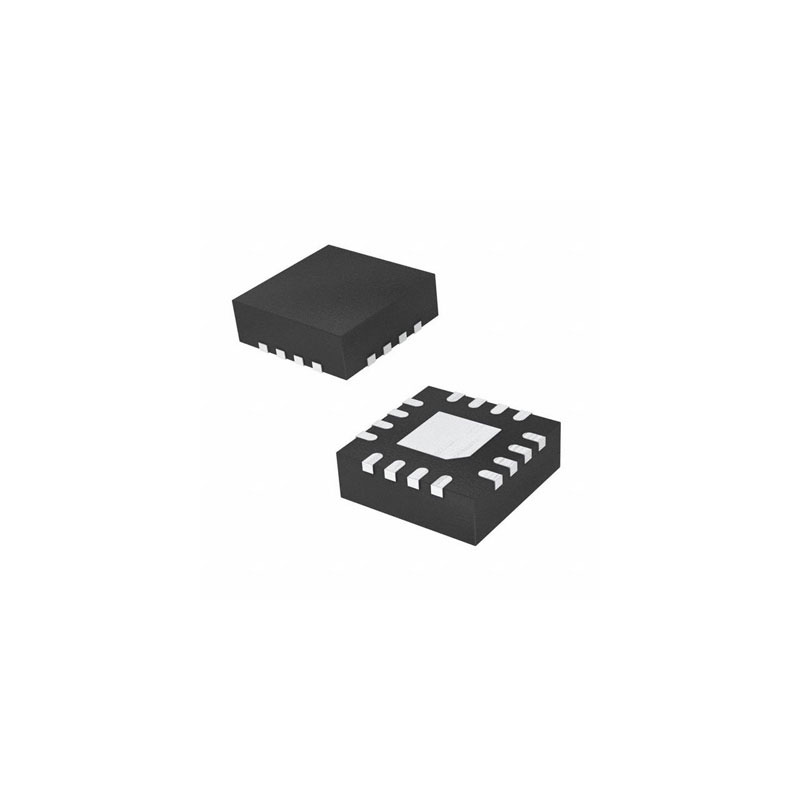
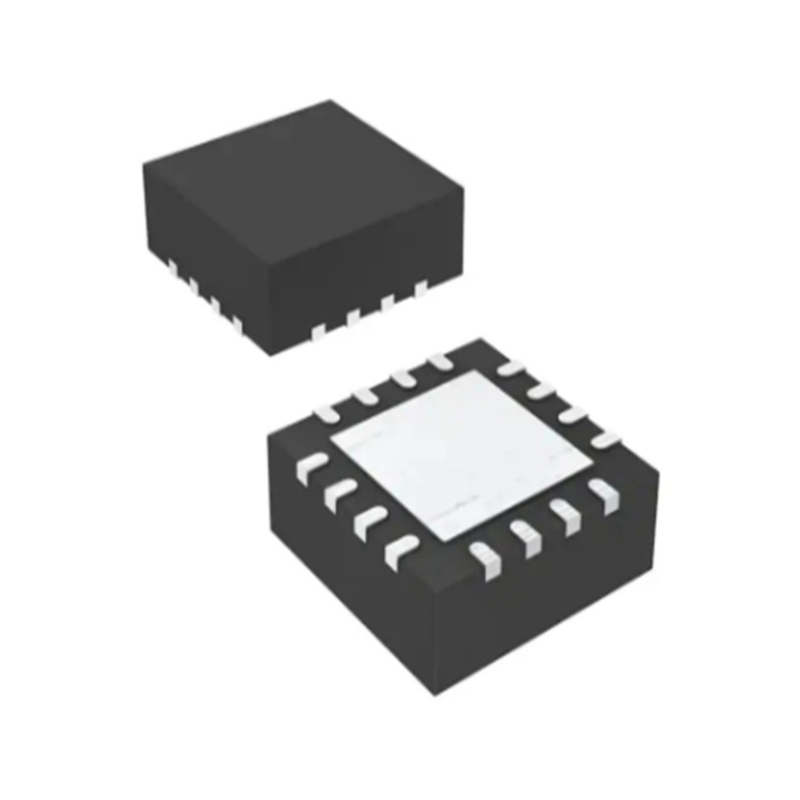

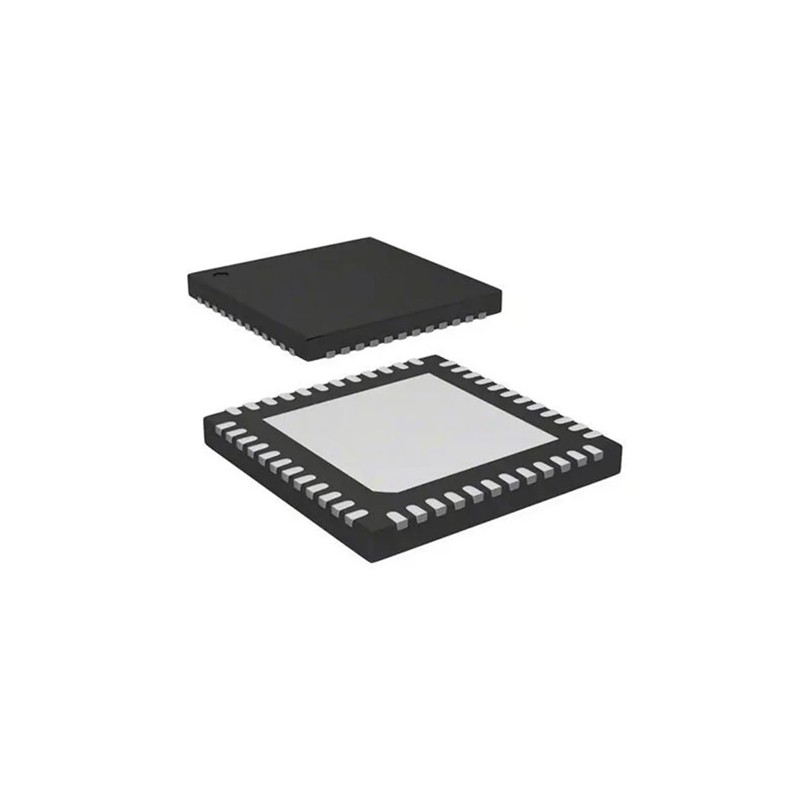
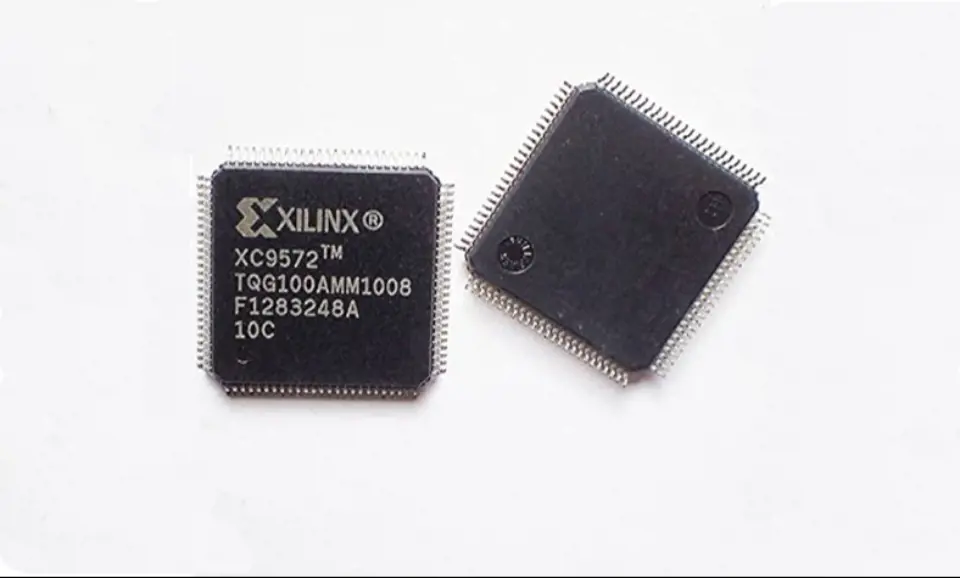
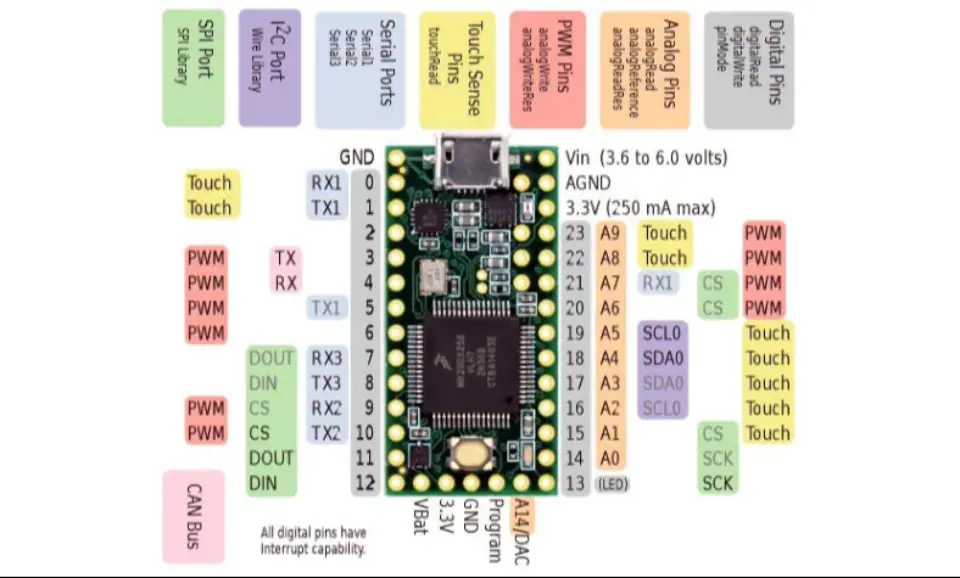
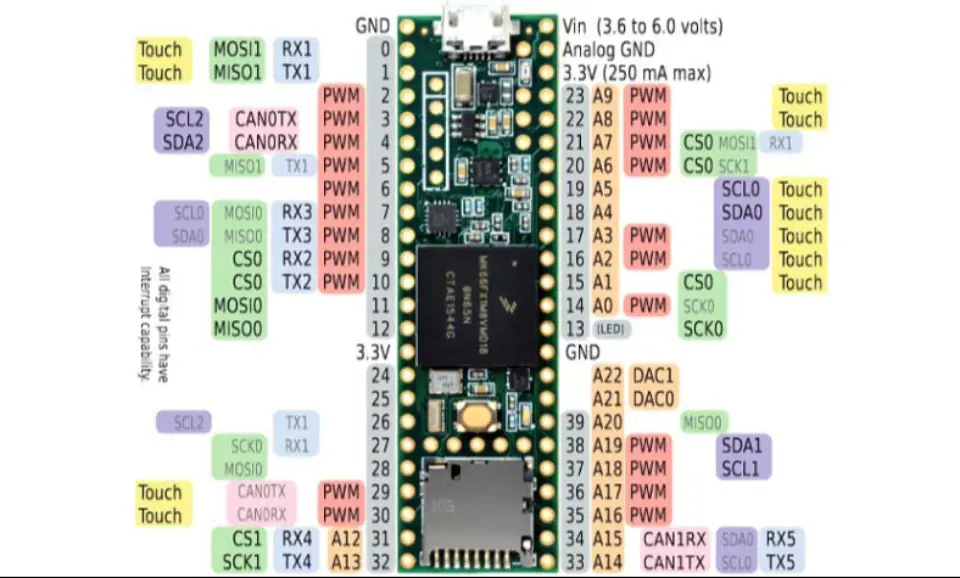
Still, need help? Contact Us: [email protected]